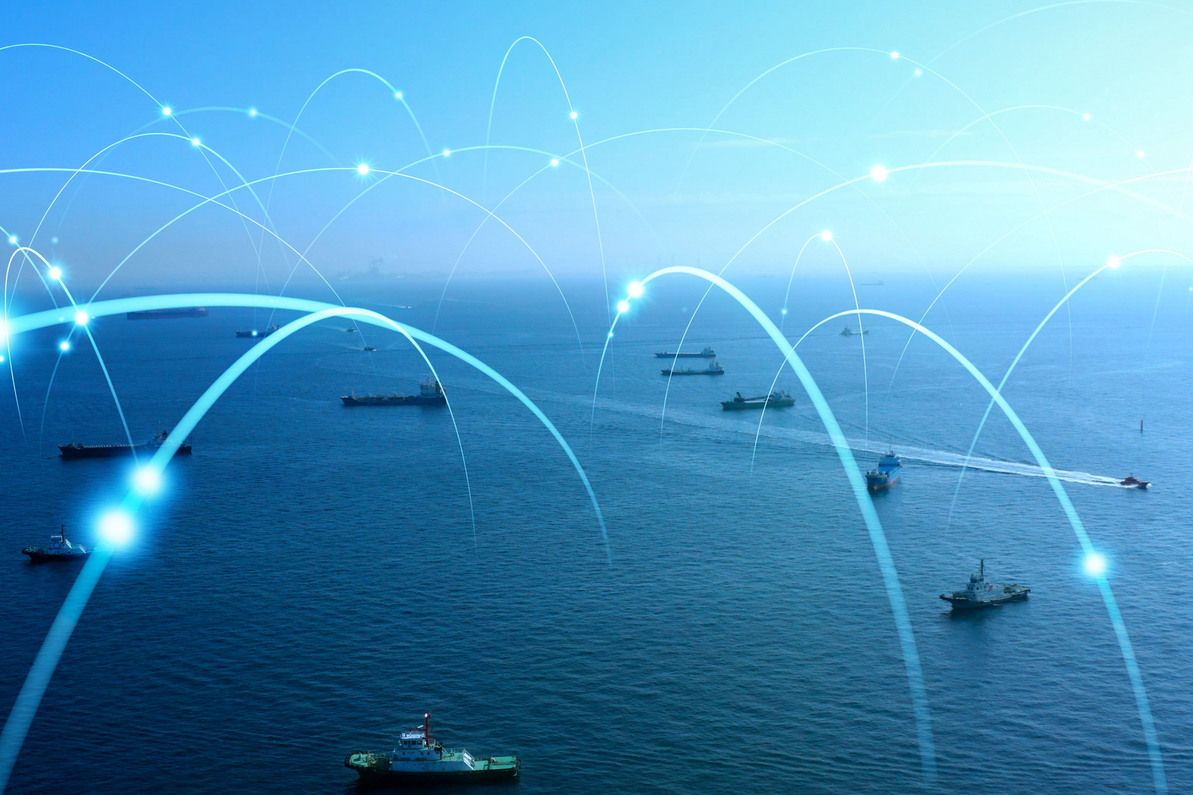The maritime industry is a vital part of global trade and commerce, with millions of people and vessels relying on the sea for transportation, commerce, and recreation. However, the sea can be a harsh and unforgiving environment, making it difficult for vessels to stay connected with the rest of the world. Satellite communication has revolutionized the way vessels communicate, enabling them to stay connected even in the most remote areas of the ocean.
The Importance of Satellite Communication in the Maritime Industry
Satellite communication is critical in the maritime industry, where reliable and efficient communication is essential for safety, operational efficiency, and crew welfare. With the increasing demand for global connectivity, satellite communication has become an essential tool for vessels to stay connected with shore-based teams, other vessels, and emergency services.
Challenges of Satellite Communication at Sea
However, satellite communication at sea comes with its own set of challenges. The marine environment is harsh, with vessels exposed to rough seas, high winds, and saltwater corrosion. Additionally, the curvature of the Earth means that satellite signals can be weakened or lost, making it difficult to maintain a reliable connection.
Global Satellite Communication Networks for Maritime
To overcome these challenges, several global satellite communication networks have been developed specifically for the maritime industry. These networks provide reliable and efficient communication services, including voice, data, and video connectivity.
Inmarsat, Iridium, Starlink, Thuraya, Globalstar, and OneWeb: A Comparison
Several satellite networks are available for maritime communication, each with its own strengths and weaknesses. Inmarsat, Iridium, and Globalstar are established players in the market, offering a range of services including voice, data, and IoT connectivity. Starlink, Thuraya, and OneWeb are newer entrants, offering high-speed, low-latency connectivity.
Terminal and Tracking System Solutions
Terminals and tracking systems are critical components of satellite communication at sea. These systems enable vessels to stay connected with shore-based teams, track their location, and monitor their performance. From VSAT terminals to IoT devices, there is a range of solutions available to meet the specific needs of vessels.
Syncing Operations and Asset Tracking
Satellite communication enables vessels to synchronize their operations and track their assets in real-time. This improves operational efficiency, reduces costs, and enhances safety. With real-time tracking, vessels can monitor their location, speed, and direction, making it easier to navigate through busy shipping lanes.
Communication and Collaboration at Sea
Satellite communication enables crew members to stay connected with their families and friends while at sea. This improves crew welfare and morale, reducing the risk of fatigue and improving overall well-being. Additionally, satellite communication enables vessels to collaborate with other vessels and shore-based teams, improving safety and efficiency.
Emergency SOS and Safety Considerations
Satellite communication plays a critical role in emergency situations at sea. With emergency SOS services, vessels can quickly alert authorities in the event of an emergency, ensuring prompt assistance. Satellite communication also enables vessels to receive critical safety information, such as weather updates and navigational warnings.
Weather Tracking and Navigation
Satellite communication enables vessels to receive real-time weather updates and navigational data, improving safety and efficiency. With accurate weather forecasts, vessels can plan their route and adjust their speed to avoid adverse weather conditions.
Cruise Ships, Planes, and Trains: Satellite Communication for Passenger Vessels and Transportation
Satellite communication is not just limited to commercial vessels. Cruise ships, planes, and trains also rely on satellite communication to provide reliable and efficient connectivity to passengers. From Wi-Fi and internet access to voice and data communication, satellite communication enables passengers to stay connected while on the move.
Conclusion
Satellite communication is a critical component of the maritime industry, enabling vessels to stay connected with the rest of the world. With a range of global satellite communication networks and terminal and tracking system solutions available, vessels can choose the solution that best meets their needs. From operational efficiency and crew welfare to safety and emergency response, satellite communication plays a vital role in the maritime industry.











